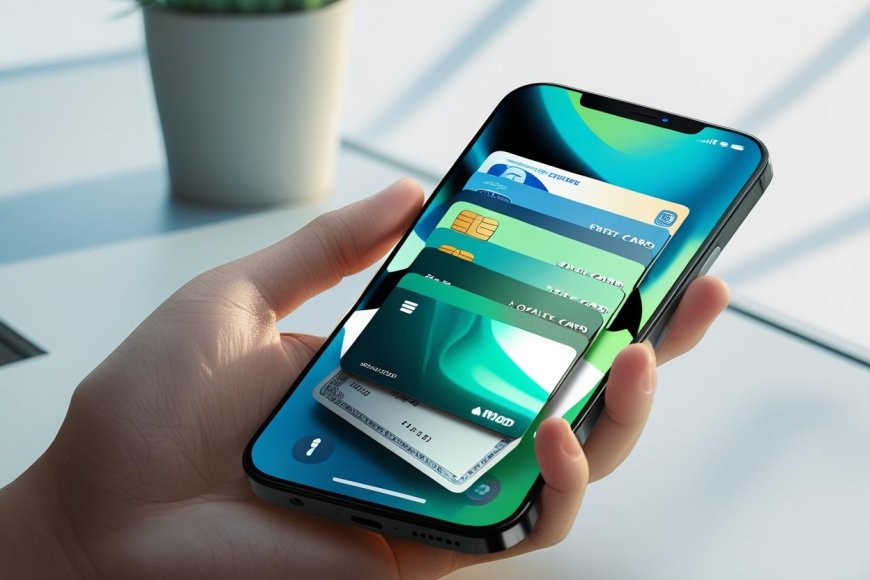In an era where physical cash is increasingly giving way to digital alternatives, the evolution from leather wallets to encrypted apps tells a powerful story of innovation, inclusion, and accessibility.
Digital wallets and mobile transfers have transformed the way people send, receive, and store money, —particularly in regions where traditional banking falls short.
Among the key players enabling this transformation is Dahabshiil, a company long committed to connecting communities often excluded from formal financial systems.
From the Dotcom Era to Mobile Finance
The concept of a digital wallet dates to the late 1990s when online payment systems like PayPal emerged, allowing users to conduct transactions without handling cash directly.
These early innovations laid the groundwork for mobile-based financial solutions, particularly in regions where mobile phone penetration outpaced banking infrastructure.
By the mid-2000s, services such as M-Pesa in Kenya demonstrated the transformative power of mobile transfers, turning even basic phones into powerful financial tools enabling millions to participate in the formal economy for the first time.
Dahabshiil’s Digital Transformation
Dahabshiil has been integral in extending these innovations across Africa, the Middle East, and beyond. Founded in 1970, the company initially focused on traditional money transfer services.
However, recognising the potential of digital solutions, Dahabshiil expanded its offerings to include mobile wallet services, allowing users to send and receive funds seamlessly using their smartphones.
This shift wasn’t just a technological upgrade; it was a strategic commitment to financial inclusion. Today, Dahabshiil empowers users to send and receive money via smartphone, bridging geographic and economic divides with speed and security.
Powering Diaspora Connections
For diaspora communities, digital wallets have become essential tools. Remittances are lifelines for families back home, and digital platforms reduce both the cost and complexity of sending money across borders.
Dahabshiil’s mobile services are specifically designed to serve these needs—offering fast, secure, and user-friendly options tailored to mobile-first users.
Looking Ahead: The Future of Money
As digital wallets continue to evolve, the lines between cash, code, and connectivity blur further. Emerging technologies like blockchain, biometric authentication, and real-time mobile payments are reshaping expectations around speed, security, and convenience.
In this dynamic landscape, companies like Dahabshiil illustrate how longstanding financial institutions can adapt to meet the needs of the modern, connected user—providing tools that empower people to manage money on their own terms.
From leather wallets to encrypted apps, the journey of money from physical to digital form reflects a broader societal shift: the desire for speed, accessibility, and control.
Dahabshiil’s continued innovation in mobile transfers and digital wallets highlights how technology can turn financial barriers into opportunities, bridging worlds with a simple code.
Recap
In conclusion, the journey from cash to code highlights the remarkable transformation of financial services over the past few decades. Digital wallets and mobile transfers have not only simplified transactions but also expanded access to financial tools for millions of people worldwide.
Dahabshiil exemplifies this evolution, bridging traditional money transfer services with modern digital solutions to empower both local communities and diaspora networks. By embracing technology, ensuring reliability, and prioritising accessibility, Dahabshiil and similar innovators demonstrate that the future of finance lies in seamless, secure, and inclusive digital platforms.
As we move forward, the fusion of technology and money will continue to reshape how we send, receive, and manage funds—turning what was once tangible cash into instantly accessible code.

